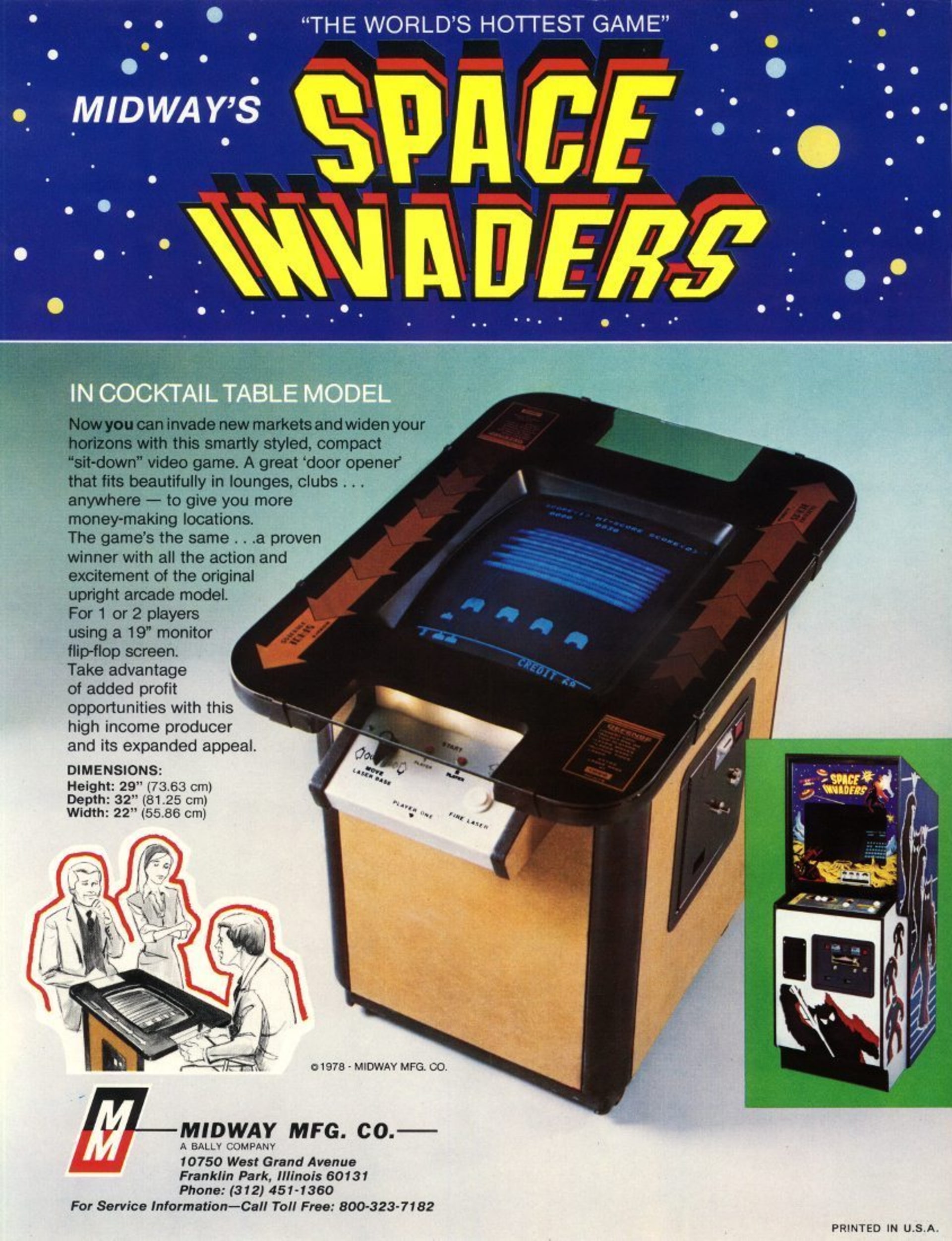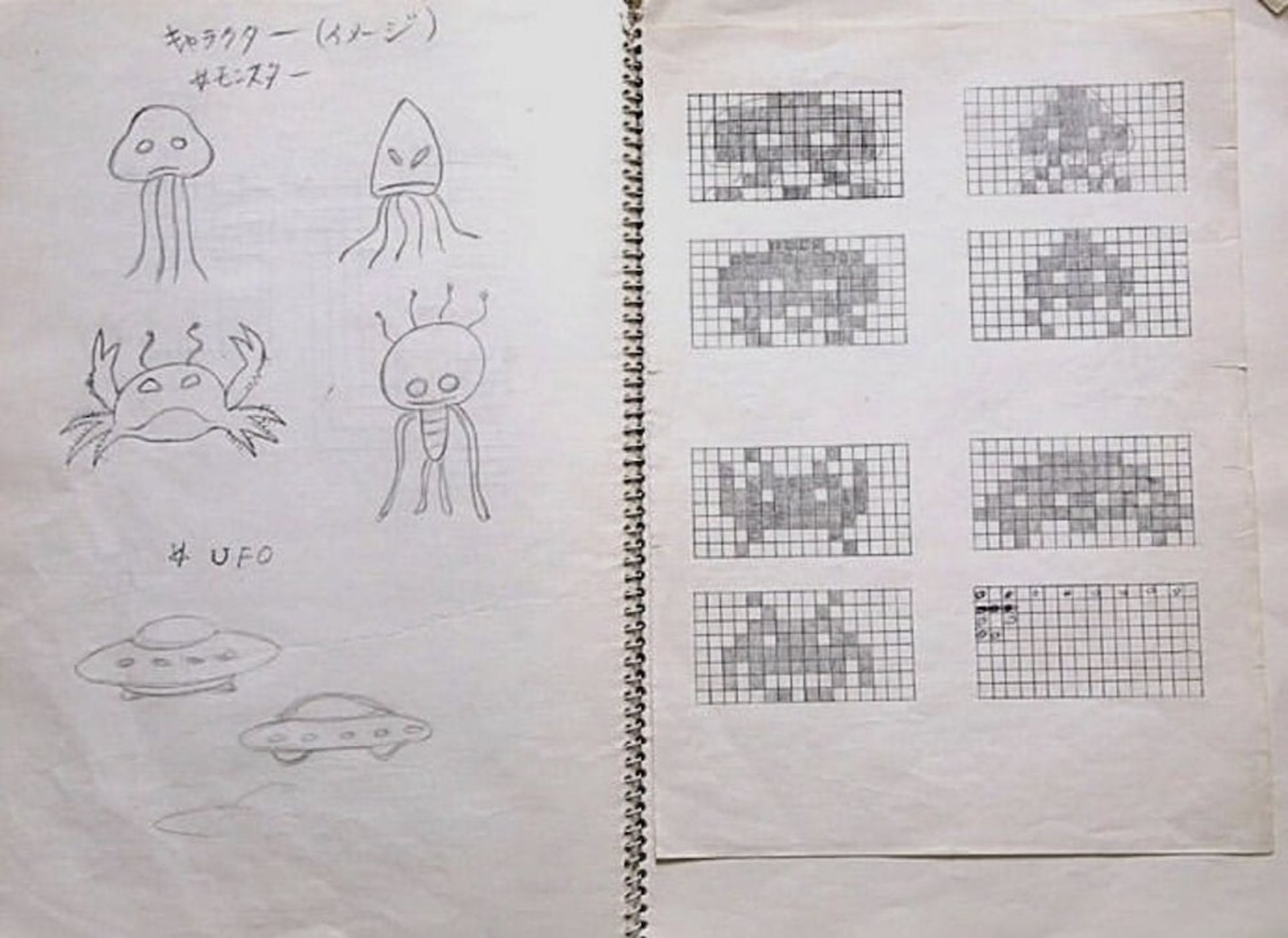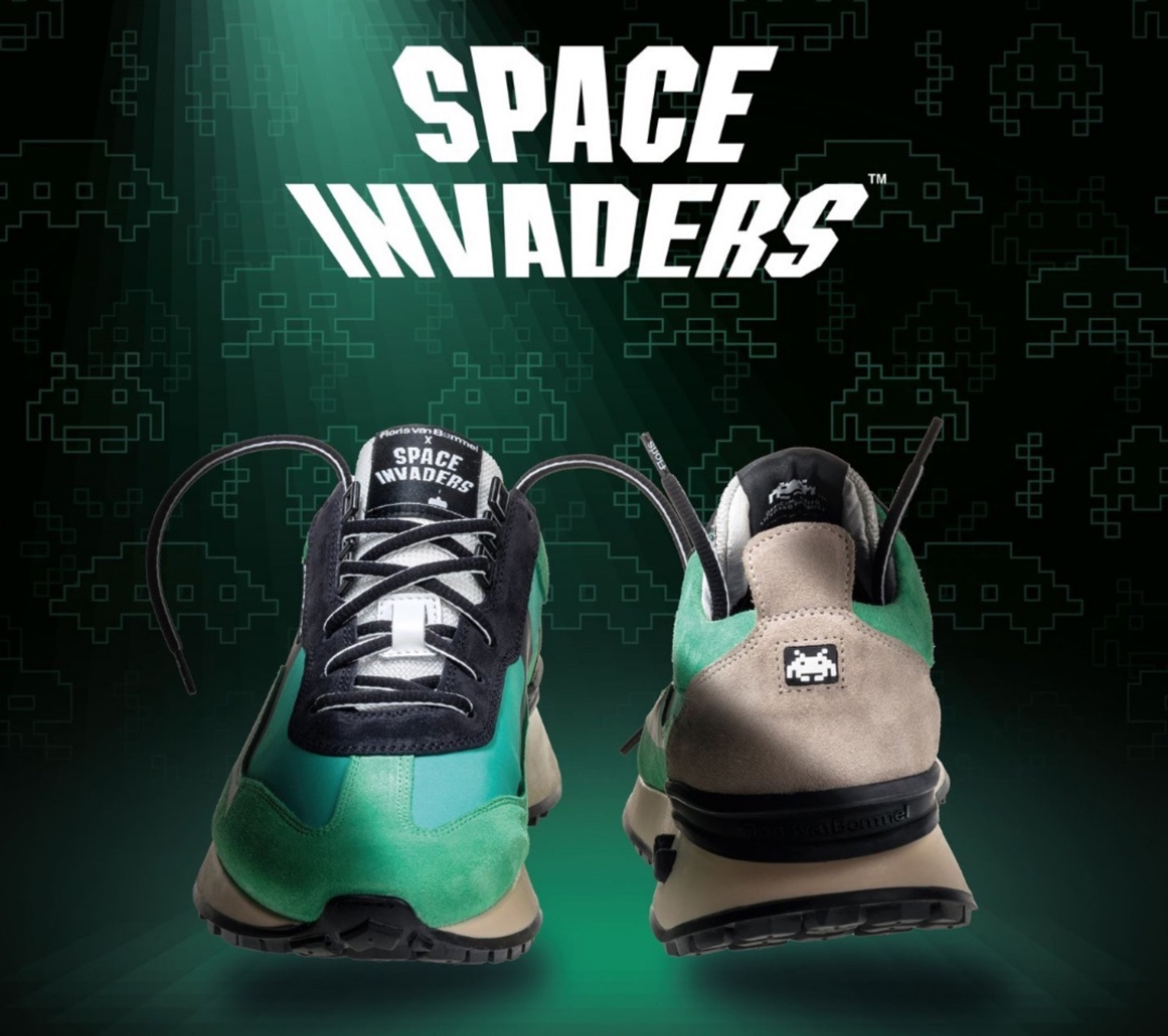Happy with the results on-screen, but knowing his five rows of eleven aliens needed a little more diversity, Nishikado looked into other marine shapes to inspire his extraterrestrials, and chose squid and crabs. In the end, the three nautical designs made the game, plus one for a flying saucer.
3. Space Invaders wasn't made at Taito
Space Invaders may be the reason Westerners know the brand name Taito, but it was not Taito proper where the game was developed. Pacific Kôgyô was a full subsidiary of the Taito Trading Company, the business started by Michael Kogan in 1953. In the first two decades of its existence, Taito was involved in anything from Vodka distillery to distributing perfume or peanut vending machines. Later, the import of jukeboxes from the US was added to the mix, followed by Gottlieb pinball machines.
Over time, Taito would focus more and more on what was called the coin-operated amusement business. As this the amusement market grew hand over hand (as the Japanese economy flourished from the 1960s onwards, meaning the Japanese could spend more on leisure), it made sense to switch out imported US electro-mechanical games with games developed and manufactured in Japan. For this, Kogan started Pacific Amusements Limited/Pacific Kôgyô as a subsidiary in 1963, which would soon churn out original games.
Nishikado joined Pacific Kôgyô in 1968, where he worked on the assembly line and in quality control of electro-mechanical games before joining the development division. Here, he would study new microprocessor technology in the early seventies, and develop Pong-style games Soccer and Davis Cup (two of the earliest examples of Japanese-made arcade video games) before starting on the development of Space Invaders.
4. Space Invaders was almost named Space Monster
Nishikado did most of the development of Space Invaders by himself, as he was the only one at Pacific with an intimate knowledge of computer programming. Thus he had the creative liberty to work on the game's theme for pretty much the whole time during the 10-month development cycle in which Space Invaders was born.
At the start of the process, the project only had an internal code name, KX79, but Nishikado knew the importance of finding a strong and exciting game name. Working on the humans vs aliens theme, he came up with "Space Monster," a title that played to the popularity of the English word "monster" in Japan at that time.
Internally, the title would be challenged from time to time, as his peers informed him of a recently failed electro-mechanical game with a space theme, Space Docking (1977), or the fact that Taito had released a little-known mechanical game named Space Monster before. But despite these challenges, the name stuck.



